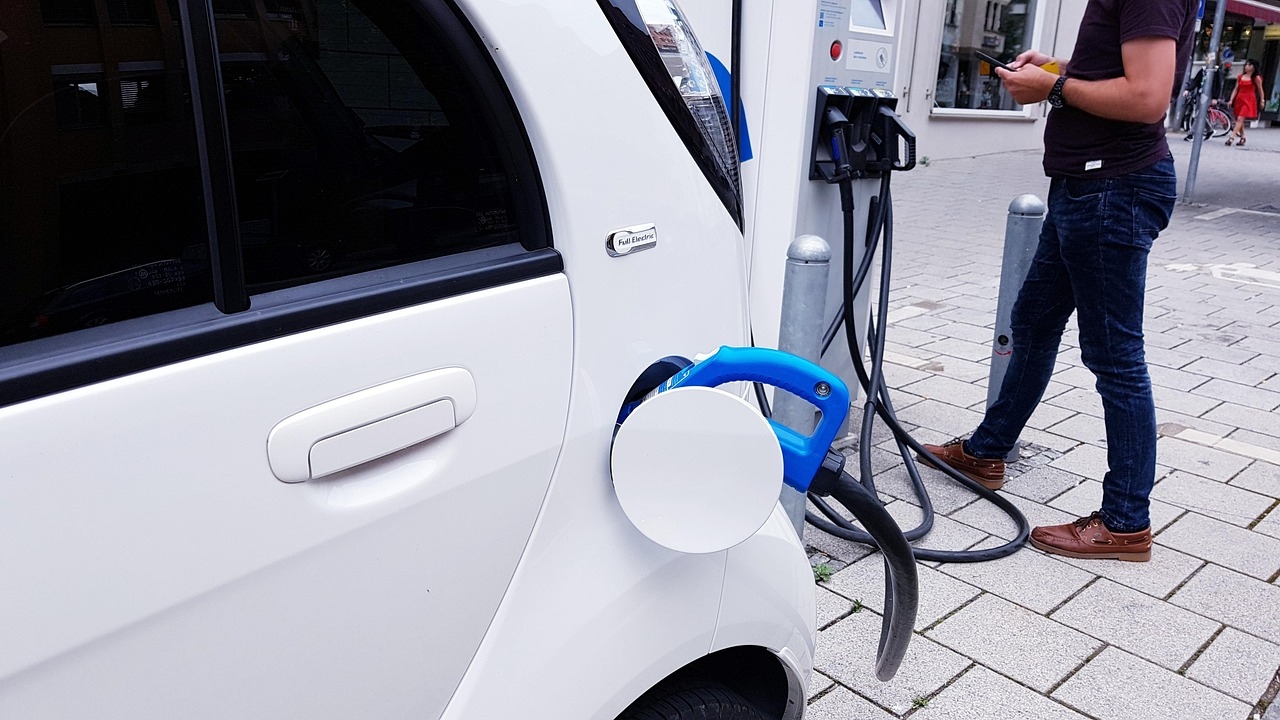We reach more than 65,000 registered users in Dec!! Register Now

Solar-powered charging: Self-charging supercapacitors developed
- August 22, 2025
- 40 Views
- 0 Likes
- 0 Comment
A research team achieves 63% energy storage efficiency and 5.17% overall efficiency by combining a supercapacitor with a solar cell.
The research team designed the electrodes using a nickel-based carbonate and hydroxide composite material and maximized the conductivity and stability of the electrodes by adding transition metal ions such as Mn, Co, Cu, Fe, and Zn. This technology has greatly improved the performance of energy storage devices, demonstrating significant advancements in energy density, power density, and charge and discharge stability.
Particularly, the energy density achieved in this study is 35.5 Wh kg⁻¹, which is significantly higher than the energy storage per unit weight in previous studies (5-20 Wh kg⁻¹). The power density is 2555.6 W kg⁻¹, significantly exceeding the values from previous studies (- 1000 W kg⁻¹), demonstrating the ability to release higher power rapidly, enabling immediate energy supply even for high-power devices. Additionally, the performance showed minimal degradation during repeated charge and discharge cycles, confirming the long-term usability of the device.
Furthermore, the research team developed an energy storage device that combines silicon solar cells with supercapacitors, creating a system capable of storing solar energy and utilizing it in real time. This system achieved an energy storage efficiency of 63% and an overall efficiency of 5.17%, effectively validating the potential for commercializing the self-charging energy storage device.
Jeongmin Kim, Senior Researcher at the Nanotechnology Division of DGIST, states, "This study is a significant achievement, as it marks the development of Korea's first self-charging energy storage device combining supercapacitors with solar cells. By utilizing transition metal-based composite materials, we have overcome the limitations of energy storage devices and presented a sustainable energy solution." Damin Lee, a researcher at the RLRC of Kyungpook National University, stated, "We will continue to conduct follow-up research to further improve the efficiency of the self-charging device and enhance its potential for commercialization."
List of Referenes
- Damin Lee, Nilanka M. Keppetipola, Dong Hwan Kim, Jong Wook Roh, Ludmila Cojocaru, Thierry Toupance, Jeongmin Kim. Design of high-performance binary carbonate/hydroxide Ni-based supercapacitors for photo-storage systems. Energy, 2024; 313: 133593 DOI: 10.1016/j.energy.2024.133593
Cite This Article as
No tags found for this post









